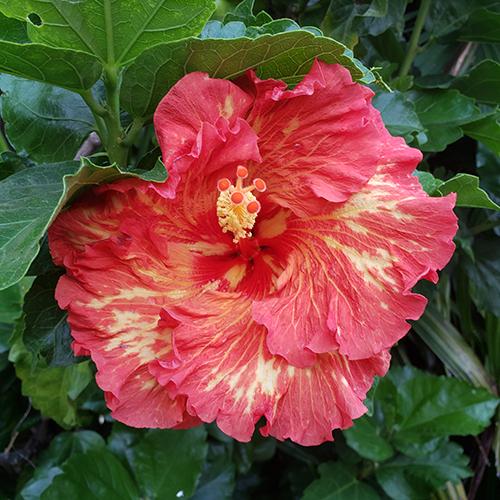
Benefits of Hibiscus
Hibiscus helped save our puppy We found a pedigree Golden retriever for sale for $50 in the local paper. At the time, they were selling
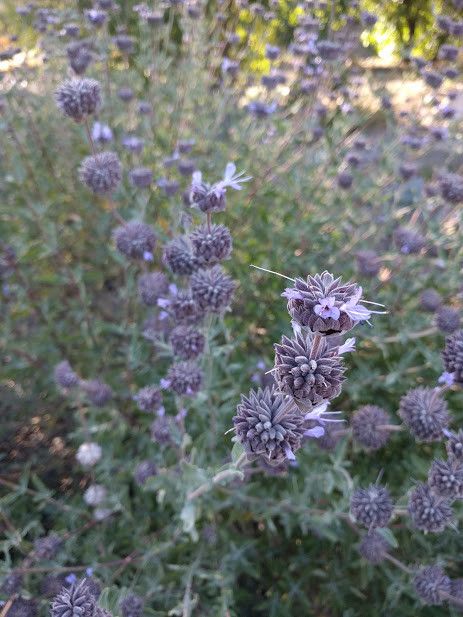
San Diegans share the temperate climate we love with some fascinating native plants with a rich history in herbal lore.
Various sages grow from coastal areas to the mountains, covering entire hillsides in some areas around Ramona.
The most common of this group of aromatic herbs are white sage, Salvia apiana, black sage, Salvia mellifera and Cleveland sage, Salvia clevelandii.
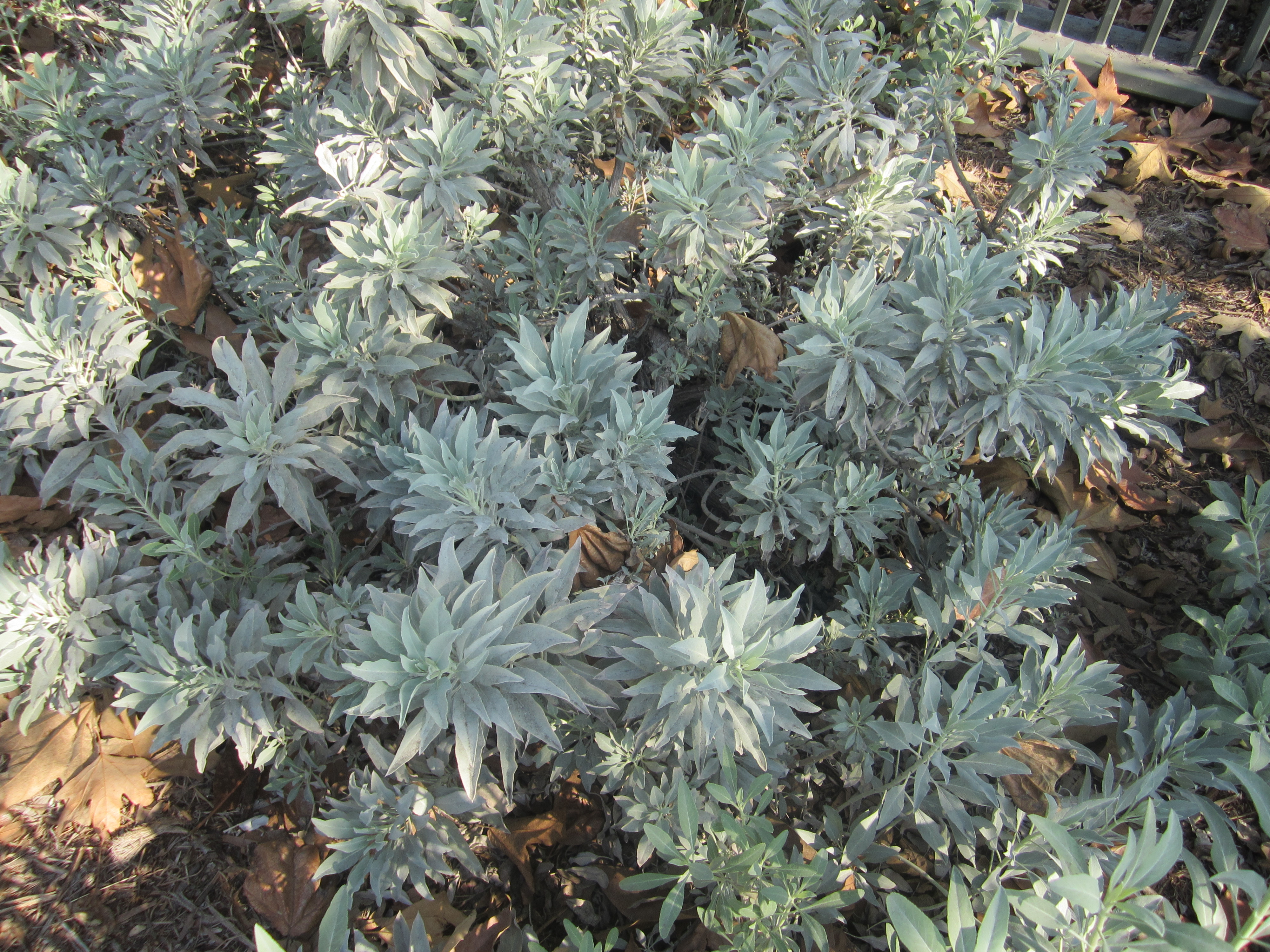
white sage
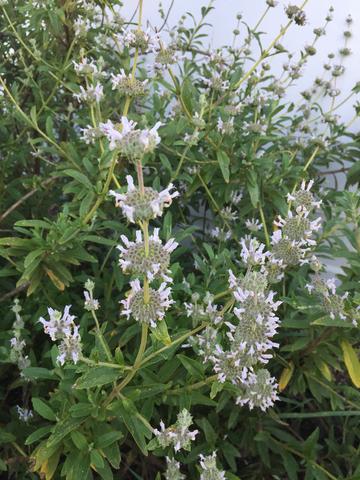
black sage

Cleveland sage
Sages are sold in stores tied together in bundles, sometimes with cedar leaves, as natural incense or purifying sticks used in sacred spaces, homes and offices to clear residual vibrational energies.
The name of the genus, Salvia, is derived from the Latin salvere, to be saved, referring to its curative properties.
Among the ancients and throughout the middle ages it was held in high repute: Cur moriatur homo cui Salvia crescit inhorto? (“Why should a man die whilst sage grows in his garden?”).
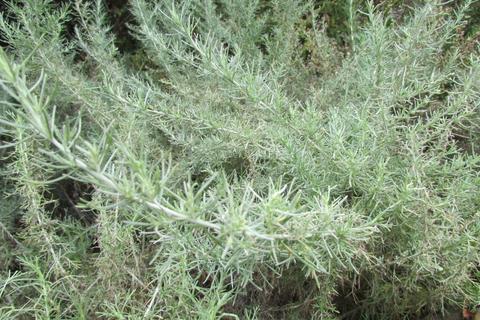
California sage, Artemisia californica
California sage, also known as coastal sage, Artemisia californica, and sage brush, Artemisia tridentata, have similar properties but are not true sages. Artemesias are a genus of plants in the Aster family.
They are terrifically bitter and hence great for aiding digestion by stimulating digestive juices.
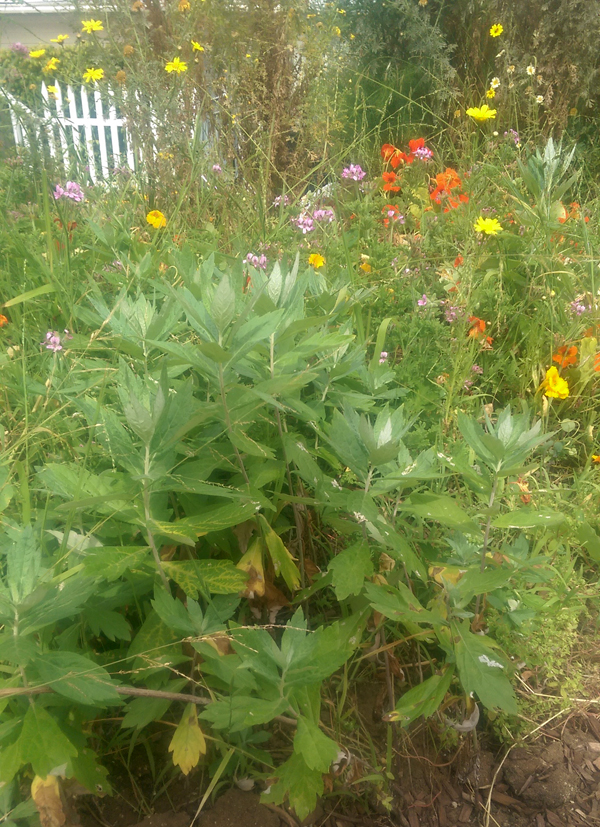
mugwort
Mugwort, Artemisia douglasiana, is a distinctive native plant. The leaves are dark green on top and a soft, downy silver on the bottom. It can be found growing in moist places along the banks of streams.
Mugwort is considered a protector plant. This is not due to any plant chemistry, rather a power of the plant spirit of mugwort.
In the middle ages it was known as Cingulum Sancti Johannis due to the belief that John the Baptist wore a girdle of it in the wilderness to protect himself from bad weather, robber bandits, stinging insects, and other such mishaps.
It was thought to protect one from sunstroke, fatigue, wild beasts and evil spirits.
Hung from the corners of a room it was thought to dispel spirits.
Mugwort (mug herb) is said to have derived its name from having been used to flavor drinks. It was used to great extent for flavoring beer before the introduction of hops.

It has also been suggested that it derives not from the drinking mug, but the moughte (a moth or maggot), because it has been long regarded, in common with wormwood, effective in keeping away moths.
Dr. John Hill extolled the virtues of mugwort, and said, “Providence has placed it everywhere about our doors; so that reason and authority, as well as the notice of our senses, point it out for use: but chemistry has banished natural medicines.”
Many other sacred plants grace our hillsides and valleys.
Becoming acquainted with them can immeasurably contribute to our awareness and appreciation of the Nature around and within us.
Teaching comprehensive holistic education since 1985.
We are currently offering interactive hybrid courses including Herbal Fundamentals, Energy Healing, Aromatherapy and Clinical Herbology
Hybrid means you may choose to participate in each individual class in the hybrid course online or in person.
All of our products are made with love from organic, all-natural and ethically sourced ingredients.
We began making and perfecting our own herbal remedies more than thirty years ago and offer our favorite products for purchase.

Hibiscus helped save our puppy We found a pedigree Golden retriever for sale for $50 in the local paper. At the time, they were selling
Hawthorn Berry Hawthorn is known as the heart herb for its many benefits as a heart tonic. The berry has been a key part of
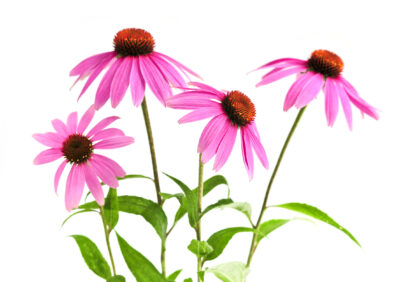
Can you take herbal supplements to arm your immune system? You probably know that zinc, vitamin D and vitamin C are gotta-have-its. How about herbal

While attending San Diego State College in the early seventies, my work-study job was in the vivarium, a room for keeping and raising animals for